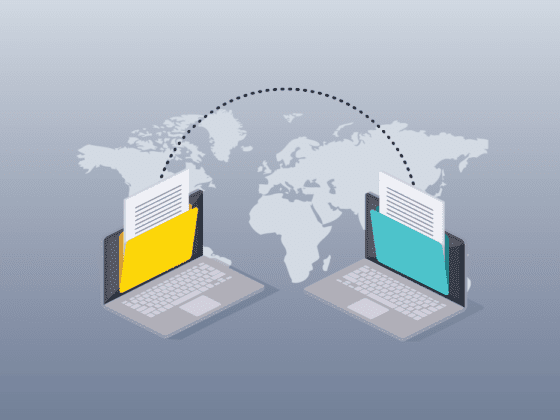Before coming to the legal technology industry, I spent five years in Silicon Valley during the dotcom boom. In Silicon Valley, I was used to dealing with early adopters and wannabe technology visionaries. These are people who loved technology in all of its forms, embraced change, and were desperately trying to look around the corner to see the next transformation.
Then I switched to a career in the legal industry, writing for the ABA Journal in 2001. Let’s just say that at that time, the legal industry had much less enthusiasm for technological change.
Well, this is different.
As a Legal Technology Reporter, I relied heavily on the ABA Legal Technology Survey, an annual report on how lawyers use technology. I was shocked to find out that at that time, many lawyers didn’t even open their own email- they had assistants read it, print it off, and deliver it to them on paper.
Many lawyers didn’t even have computers in their office. For many law firms, partners were doing business the way they had for a century. As one legal consultant told me, “firms need to take a look at the extra steps they could eliminate and are only there because a partner wrote a procedure sheet in 1954 based on something he learned from another partner in 1911.”
Lawyers start to get technology.
But things began to change not long after that. Lawyers were some of the earliest and most enthusiastic adopters of the Blackberry. Today, 90 percent of lawyers use smartphones and regularly check their email when they’re away from their office.
Even more interesting, the percentage of lawyers who say they use cloud-based software and services jumped from 21 percent in 2012 to 31 percent this year, moving more firms away from dying litigation technology of the past.
We’ve passed a tipping point. Technology is now central to the practice of law. According to Law Technology News, law firms are now embracing the cloud and ditching desktop PCs and landline phones to join the networked world.
I believe that things began to change when lawyers started to get hit with eDiscovery sanctions. When judges began to tell lawyers that they could not ignore electronic records, law firms now had to not only embrace technology, but had to deal with all forms of electronic communications in all of its permutations.
If your clients are using social media, you’re suddenly required to be a social media expert. ABA Model Rule 1.1 now defines “competent representation” as understanding the technology used to undertake representation of the client.
Don’t change for change’s sake.
But we don’t believe that law firms must embrace new technology just to keep up with the latest trends. We believe legal technology has to work the way lawyers work in order to succeed. For example, if lawyers are used to communicating through memos, don’t force them to use a communications system created by a software vendor.
Instead, technology must allow them to disseminate the same types of memos through the new software. Lawyers just want to be lawyers. They need technology that rides the cutting edge while making it easier to practice law.
For more information about deploying litigation technology in your firm, you can get our newest free eBook, eDiscovery In The Cloud or our most popular free download, eDiscovery for Small Firms.






